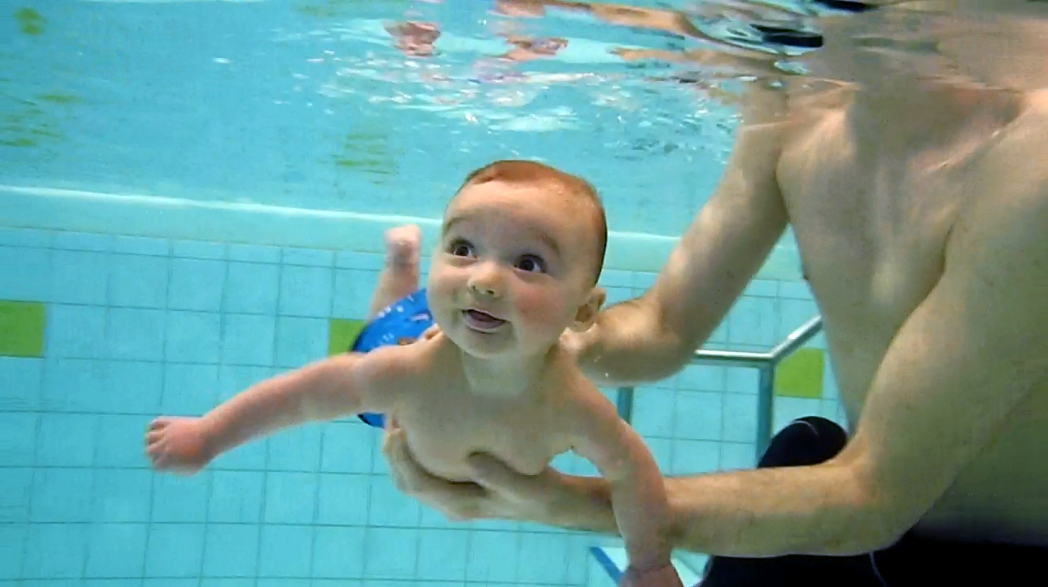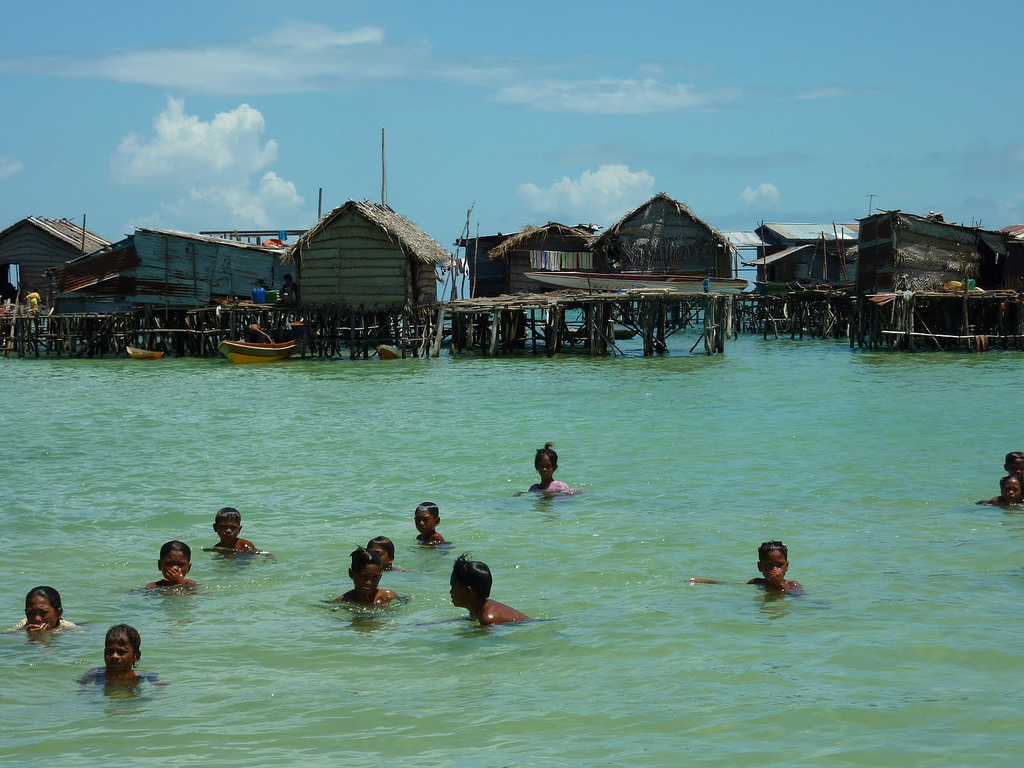The Mammalian Dive Reflex
Published .

The diving reflex, also known as the diving response and mammalian diving reflex, is a set of physiological responses to immersion that overrides the basic homeostatic reflexes, and is found in all air-breathing vertebrates studied to date. It optimizes respiration by preferentially distributing oxygen stores to the heart and brain, enabling submersion for an extended time.
The diving reflex is exhibited strongly in aquatic mammals, such as seals, otters, dolphins, and muskrats, and exists as a lesser response in other animals, including human babies up to 6 months old (see infant swimming), and diving birds, such as ducks and penguins. Adult humans generally exhibit a mild response, the dive-hunting Sama-Bajau people being a notable outlier.
The diving reflex is triggered specifically by chilling and wetting the nostrils and face while breath-holding, and is sustained via neural processing originating in the carotid chemoreceptors. The most noticeable effects are on the cardiovascular system, which displays peripheral vasoconstriction, slowed heart rate, redirection of blood to the vital organs to conserve oxygen, release of red blood cells stored in the spleen, and, in humans, heart rhythm irregularities. Although aquatic animals have evolved profound physiological adaptations to conserve oxygen during submersion, the apnea and its duration, bradycardia, vasoconstriction, and redistribution of cardiac output occur also in terrestrial animals as a neural response, but the effects are more profound in natural divers.
When the face is submerged and water fills the nostrils, sensory receptors sensitive to wetness within the nasal cavity and other areas of the face supplied by the fifth (V) cranial nerve (the trigeminal nerve) relay the information to the brain. The tenth (X) cranial nerve, (the vagus nerve) – part of the autonomic nervous system – then produces bradycardia and other neural pathways elicit peripheral vasoconstriction, restricting blood from limbs and all organs to preserve blood and oxygen for the heart and the brain (and lungs), concentrating flow in a heart–brain circuit and allowing the animal to conserve oxygen.
In humans, the diving reflex is not induced when limbs are introduced to cold water. Mild bradycardia is caused by subjects holding their breath without submerging the face in water. When breathing with the face submerged, the diving response increases proportionally to decreasing water temperature. However, the greatest bradycardia effect is induced when the subject is holding their breath with their face wetted. Apnea with nostril and facial cooling are triggers of this reflex.
The diving response in animals, such as the dolphin, varies considerably depending on level of exertion during foraging. Children tend to survive longer than adults when deprived of oxygen underwater. The exact mechanism for this effect has been debated and may be a result of brain cooling similar to the protective effects seen in people treated with deep hypothermia.
Meet The People Who Have Lived On The Sea For 1000 Years

The Sama-Bajau refers to several Austronesian ethnic groups of Maritime Southeast Asia. The name collectively refers to related people who usually call themselves the Sama or Samah. They usually live a seaborne lifestyle and use small wooden sailing vessels. The Sama-Bajau are the dominant ethnic group of the islands of Tawi-Tawi in the Philippines. They are also found in other islands of the Sulu Archipelago, coastal areas of Mindanao, northern and eastern Borneo, Sulawesi, and throughout the eastern Indonesian islands.

Sama-Bajau have sometimes been called the “Sea Gypsies” or “Sea Nomads”, terms that have also been used for non-related ethnic groups with similar traditional lifestyles, such as the Moken of the Burmese-Thai Mergui Archipelago and the Orang Laut of southeastern Sumatra and the Riau Islands of Indonesia. The modern outward spread of the Sama-Bajau from older inhabited areas seems to have been associated with the development of sea trade in sea cucumber (trepang).
Sama-Bajau are noted for their exceptional abilities in free-diving. Divers work long days with the “greatest daily apnea diving time reported in humans” of greater than 5 hours per day submerged. Some Bajau intentionally rupture their eardrums at an early age to facilitate diving and hunting at sea. Many older Sama-Bajau are therefore hard of hearing.

More than a thousand years of subsistence freediving associated with their life on the sea appear to have endowed the Bajau with several genetic adaptations to facilitate their lifestyle. A 2018 study showed that Bajau spleens are about 50 percent larger than those of a neighboring land-based group, the Saluan, letting them store more hemoglobin-rich blood, which is expelled into the bloodstream when the spleen contracts at depth, allowing breath-holding dives of longer duration. Other adaptions seen in the Samu is greater peripheral vasoconstriction involved in the diving response, and higher toleration to carbon dioxide accumulation. Further, the Samu possess differing responses to hypoxia. These adaptations were found to likely result from natural selection.
